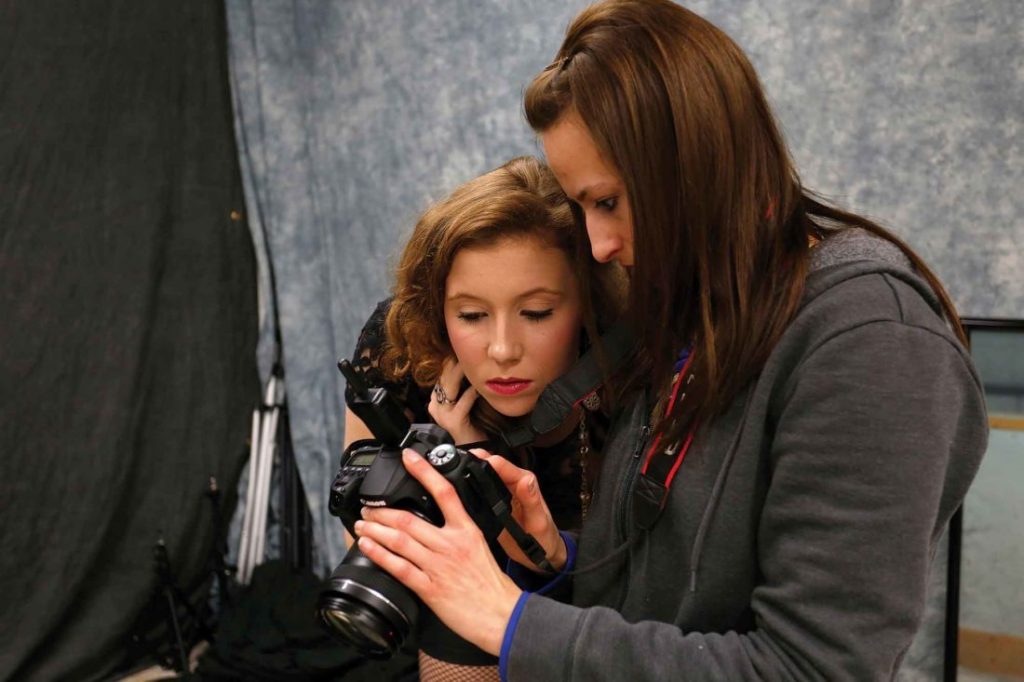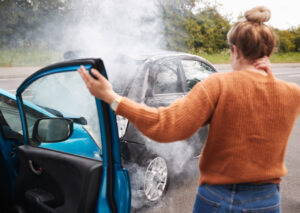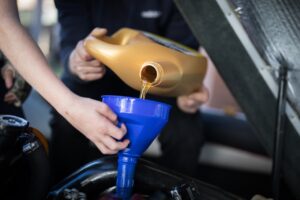Graduating with two years of experience under their belts

Photography students at Dakota College at Bottineau don’t just learn how to take photographs, they learn how to build a business.
“One of the problems we have in our field is photography is an art, but it’s also a trade,” said Clint Saunders, the head of the Photography Career and Technical Education Program.

Submitted Photo Photography students get on the job experience at Dakota College at Bottineau
BOTTINEAU – Photography students at Dakota College at Bottineau don’t just learn how to take photographs, they learn how to build a business.
“One of the problems we have in our field is photography is an art, but it’s also a trade,” said Clint Saunders, the head of the Photography Career and Technical Education Program.
Students who enroll in traditional photography programs at other colleges will likely take photography classes and become well-versed in the fundamentals of photography by the time they graduate, but will be ill-equipped to market themselves or to earn a living in the trade.
That is not the case for students at Dakota College at Bottineau, who are working at the same time they take classes.
“We run the program like a professional studio,” said Saunders.
Students are the campus photographers, meeting the needs of the college for different types of photography at the same time as they are working on other projects in portrait photography, product photography, documentary photography and other areas. Students come in every day and get their assignments and learn what it is like to be a professional photographer.
“All the employers want two years of experience,” said Saunders. “They literally get their two years of experience while getting a degree.”
The photography studio makes its own money and will fund a study abroad photo tour in Ireland next fall, which will also serve as the college’s outdoor photography class.
Students have the option of getting either a two-year associate’s degree or a certificate in photography.
Saunders, who has more than 20 years of experience as a professional photographer and still runs his own photography studio in Casper, Wyo., originally developed the photography program at Dakota College at Bottineau in 2013. He had been commuting back and forth between the college and his home in Wyoming when he was first teaching.
That was derailed when Saunders was injured in a car accident a few years ago and had a long physical recovery. He had to quit the job. But the college asked him if he would develop an online version of the photography program and afterwards asked if he would consider coming back and developing a hybrid program. Saunders teaches many of the classes via live video lectures from his basement in his home.
“In my classroom, we have a large screen TV and wide angle camera,” he said. “It’s just like I’m in the classroom.”
Saunders is on campus in person one week a month and during that week he does a lot of hands-on activities with the students. He also said his students benefit from his experience as a working photographer who is still in the field.
“On campus we have a studio manager who really makes this all work,” said Saunders.
Studio manager Leslie Ostreim, who is from Rolette, was hired last year. She also works as Saunders’ teaching assistant and as the main campus photographer. She is a graduate of the photography program at Dakota College at Bottineau.
Some of Saunders’ other former students are also working in the field. One student is working for a photography studio in Fargo; one is running her own photography studio; one is a freelance photographer focusing on rodeo photography.
As part of a capstone class at the end of their studies, his photography students choose a focus. “For that semester all they do is create work in that genre,” said Saunders. “So they can leave with a really strong portfolio in their genre.” As part of that capstone class, students also design a business logo, create a brand for a company, a pricing strategy for their work and create a website.
The program increases the students’ confidence in their skill and in the quality of their work and their employability.
“I’m very happy with the results we’re getting so far,” said Saunders.
Saunders’ next goal is to find more internships for his photography students to give them more work experience.







